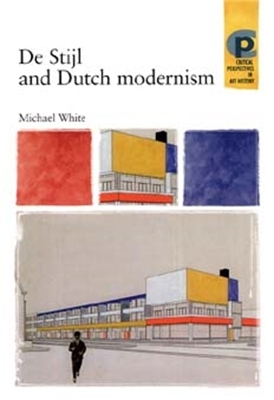Critical Perspectives in Art History
1 total work
The name De Stijl, the title of a magazine founded in the Netherlands in 1917, is now used to identify the abstract art and functional architecture of its major contributors: Mondrian, Van Doesburg, Van der Leck, Oud, Wils and Rietveld. De Stijl achieved international acclaim by the end of the 1920s and its paintings, buildings and furniture made fundamental contributions to the modern movement. This study emphasizes the local context of De Stijl and explores its relationship to the distinctive character of Dutch modernism. It examines how the debates concerning abstraction in painting and spatiality in architecture were intimately connected to contemporary developments in the fields of urban planning, advertising, interior design and exhibition design. The book describes the interaction between the world of mass culture and the fine arts. "De Stijl and Dutch Modernism" aims to be an important addition to research on the interwar avant-garde and be of use to students and specialists in the field.
